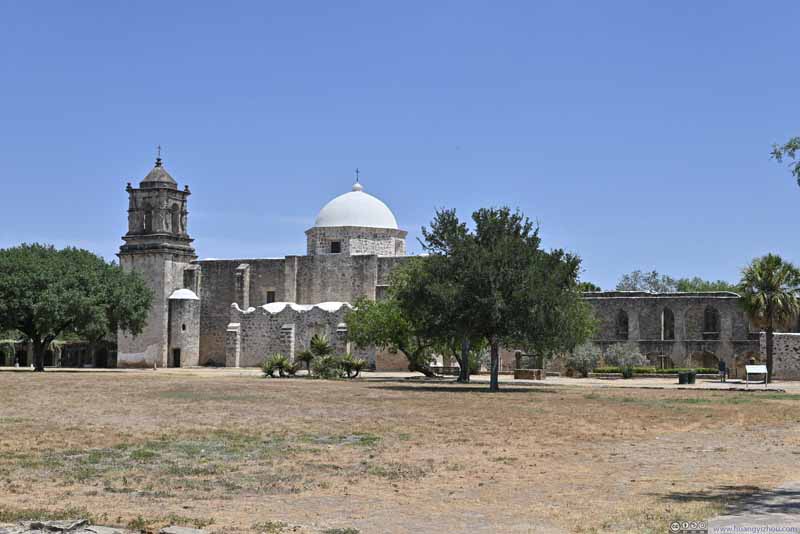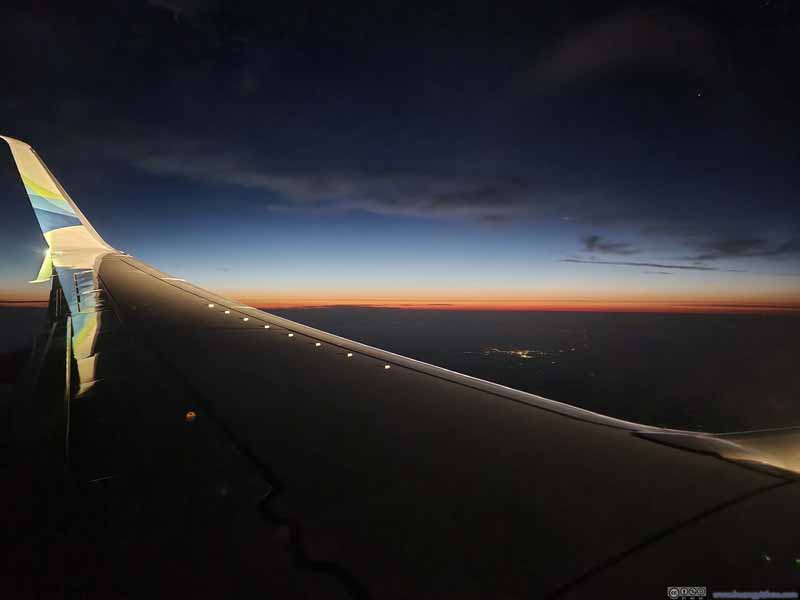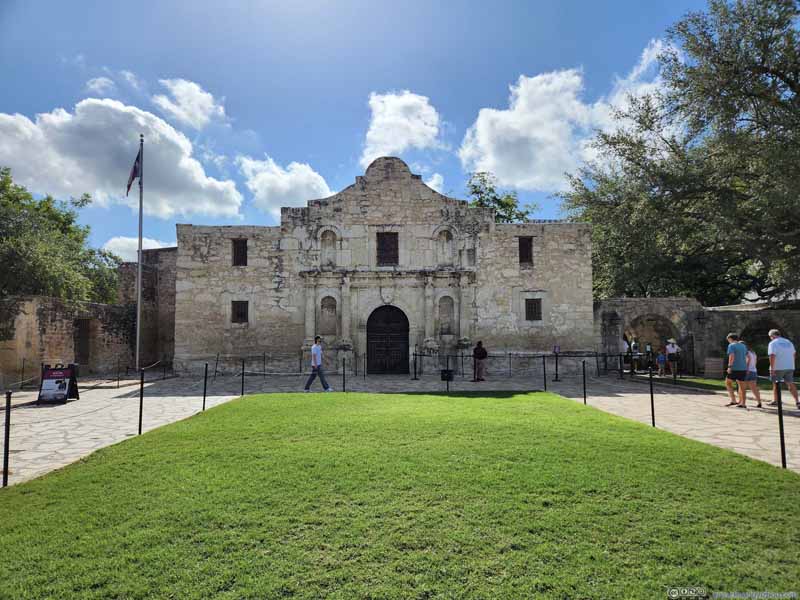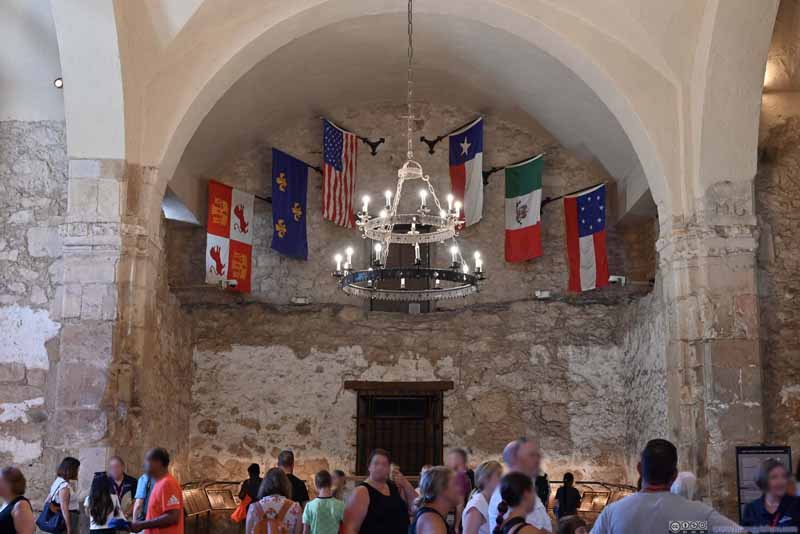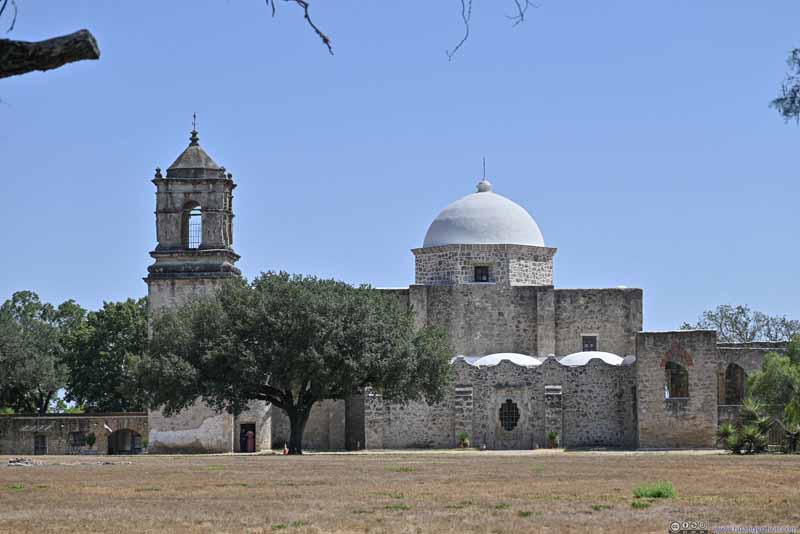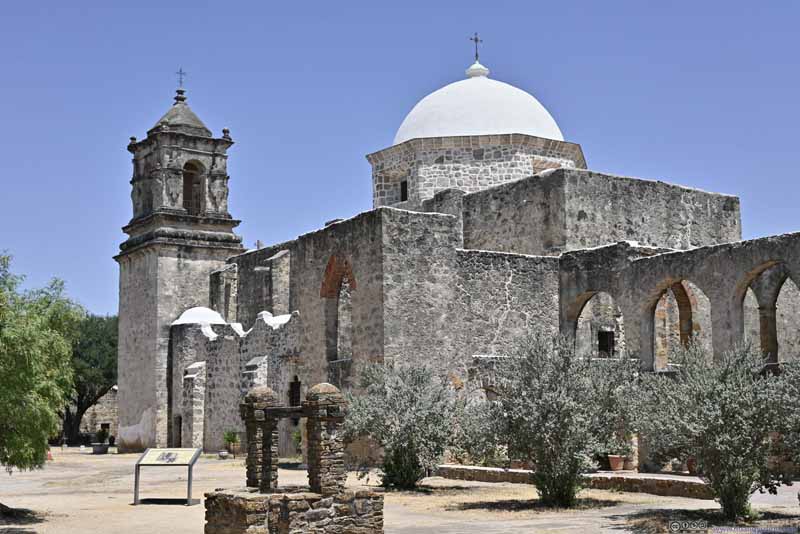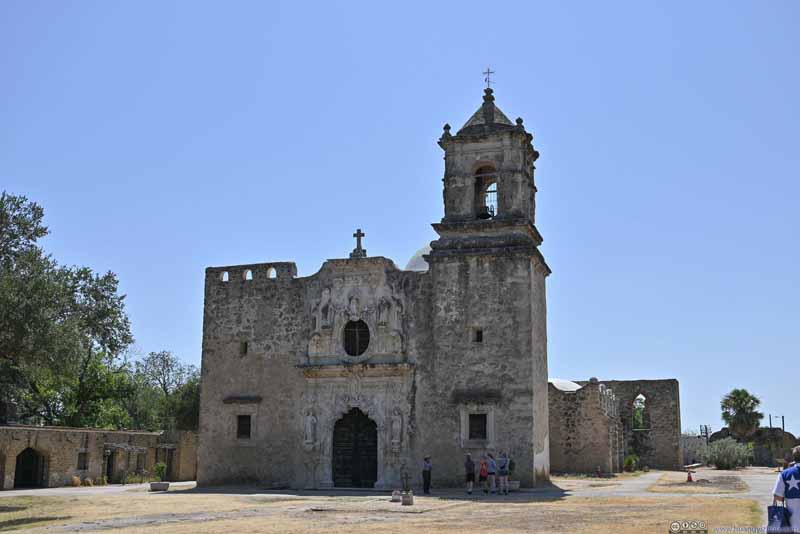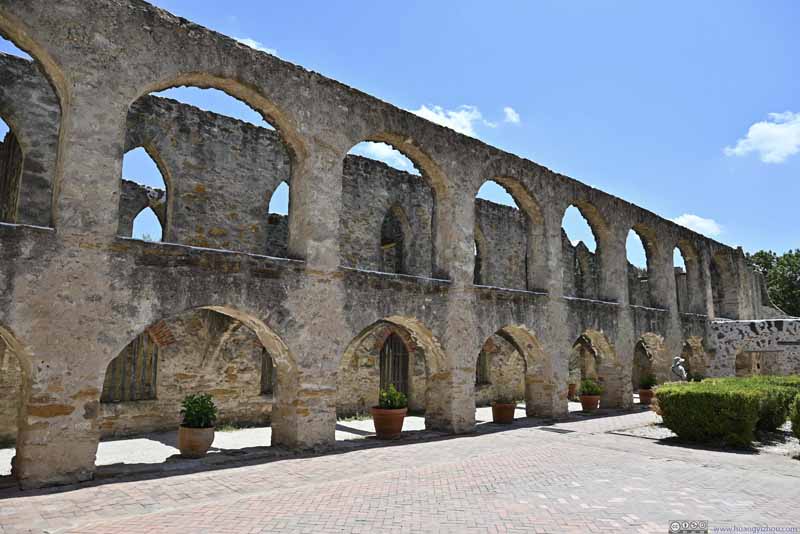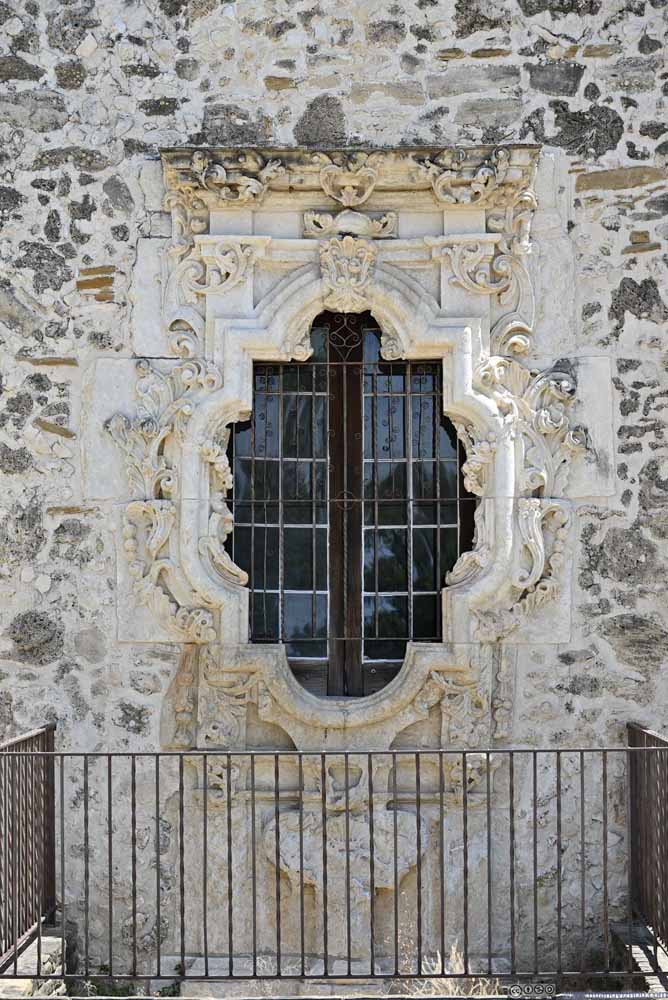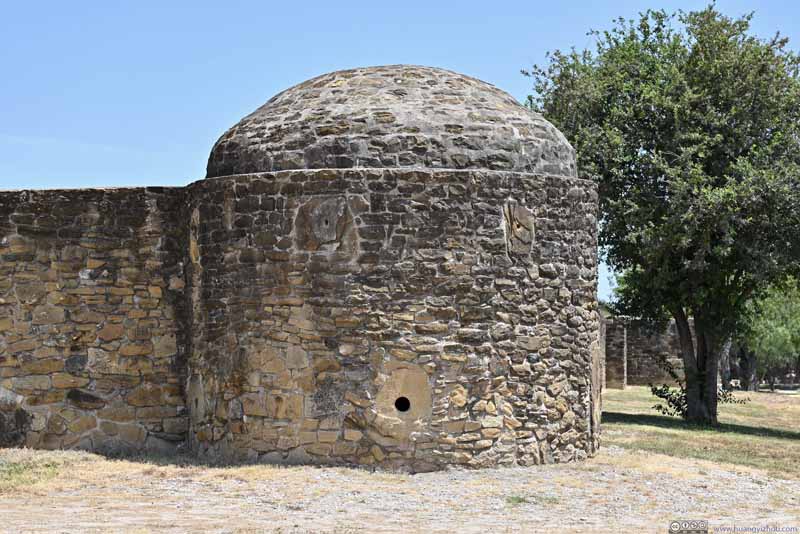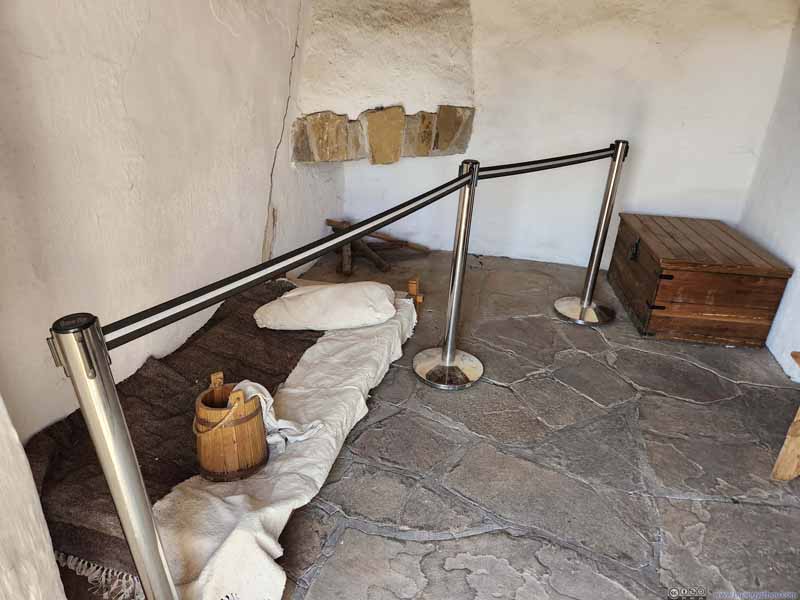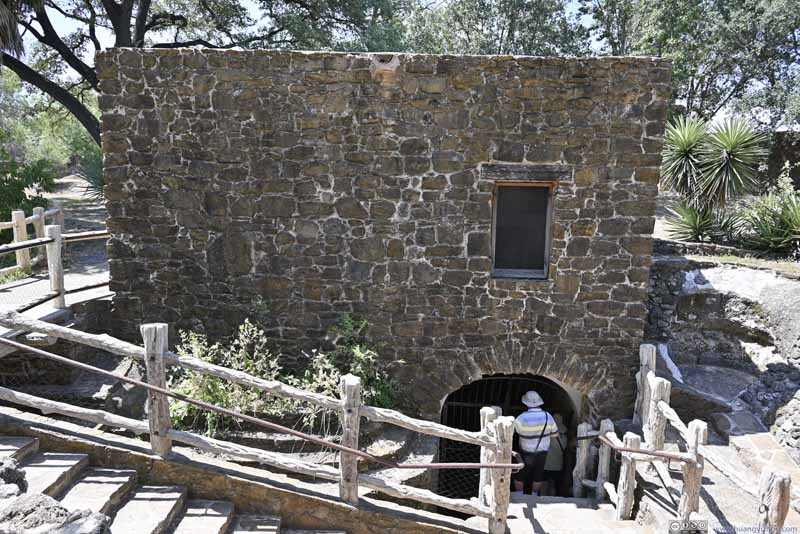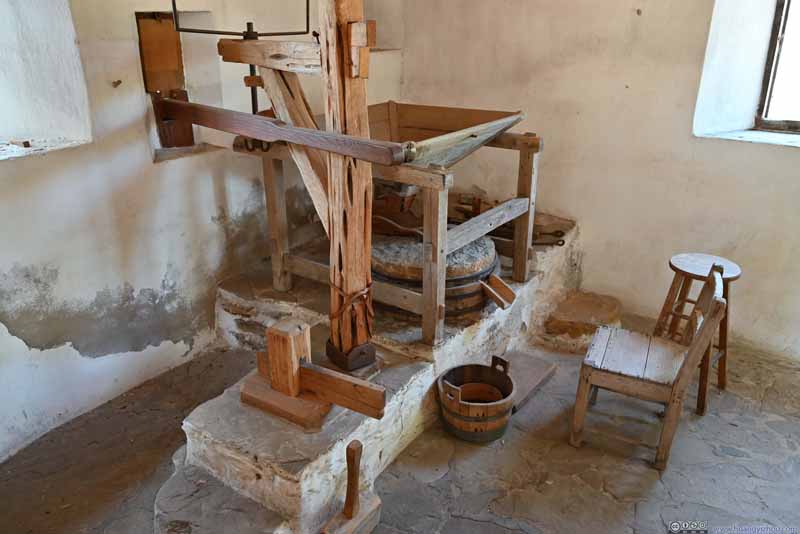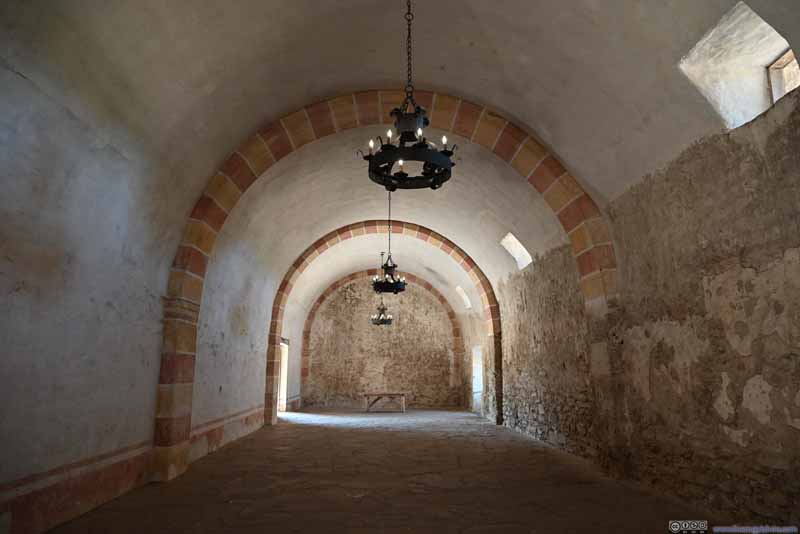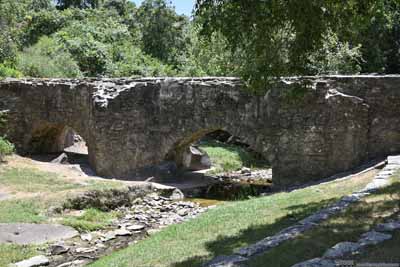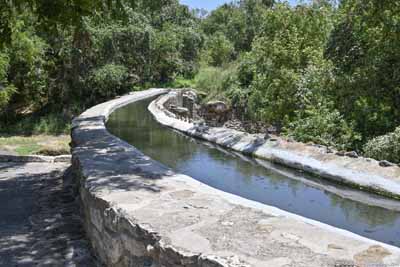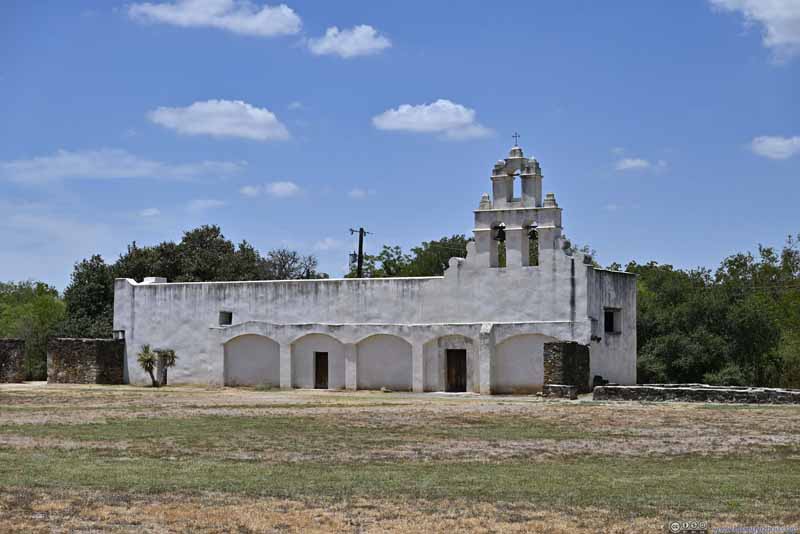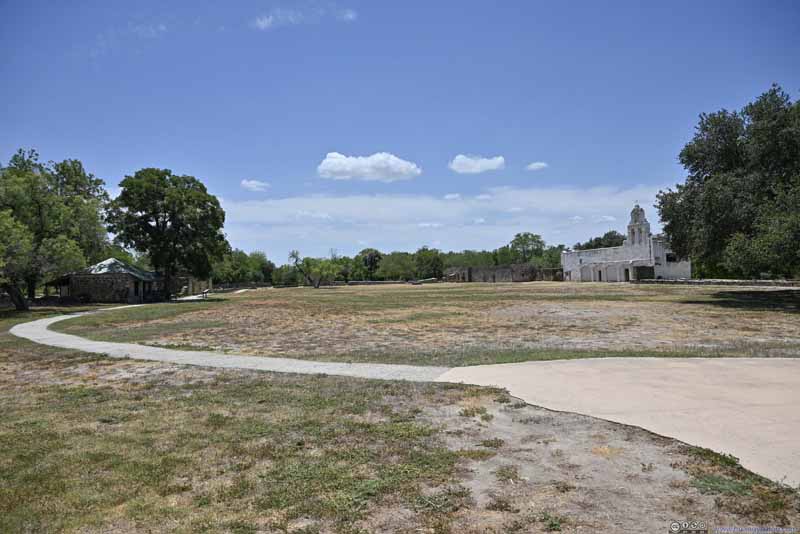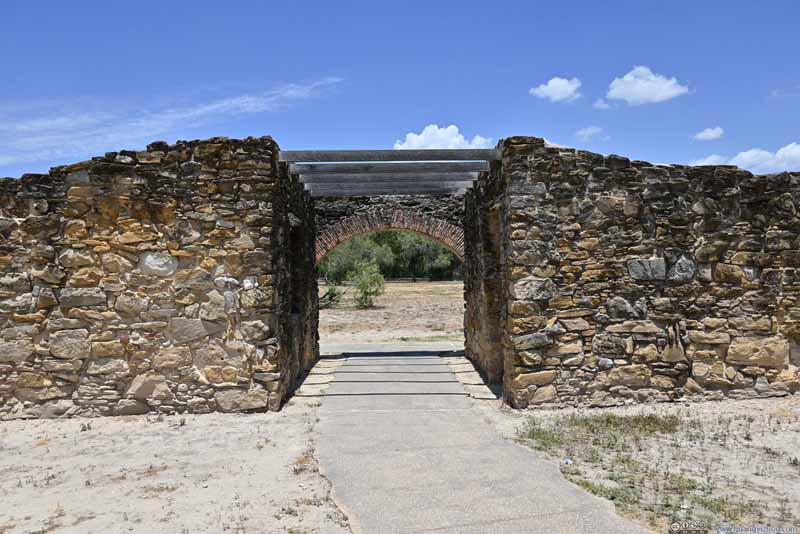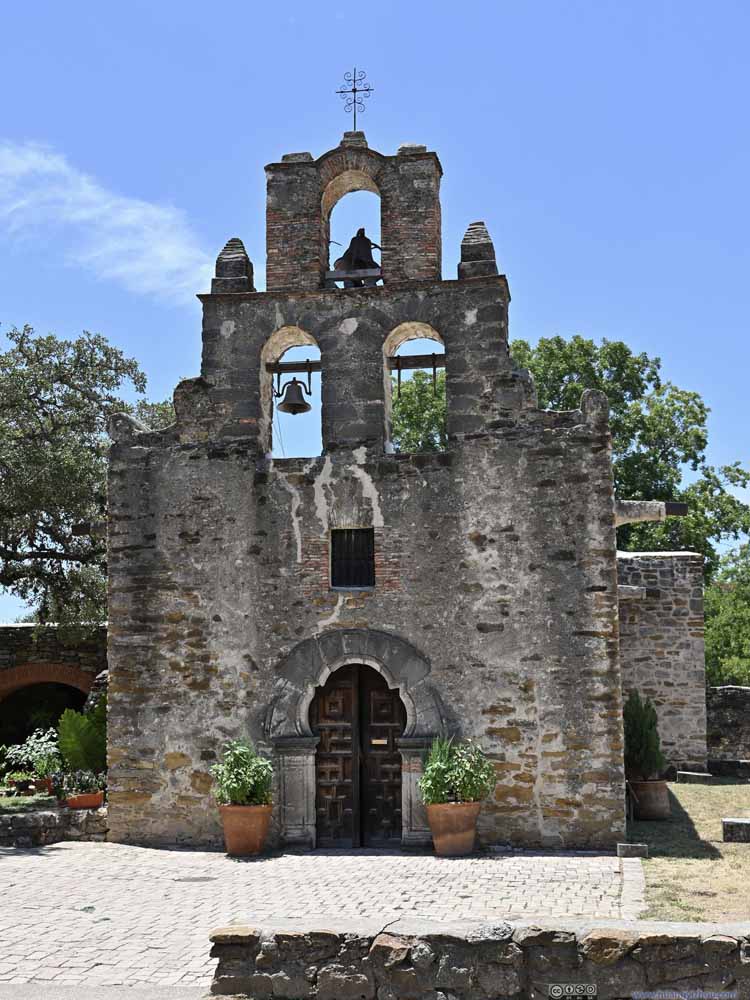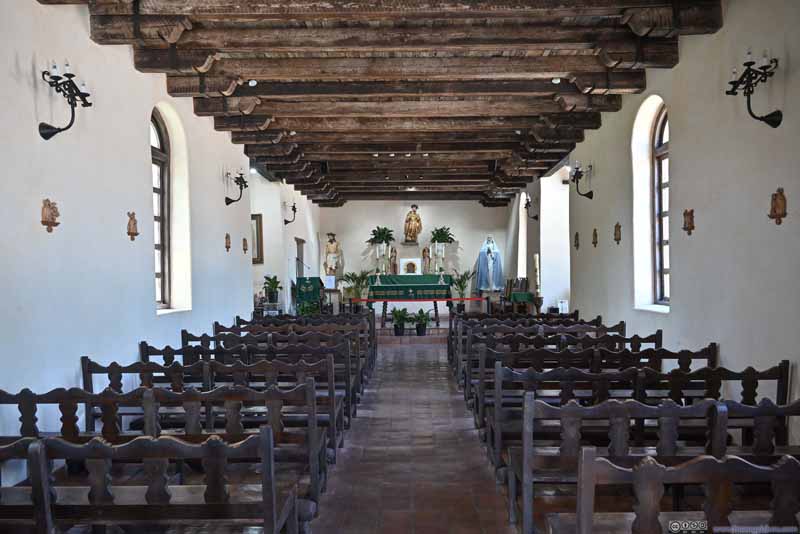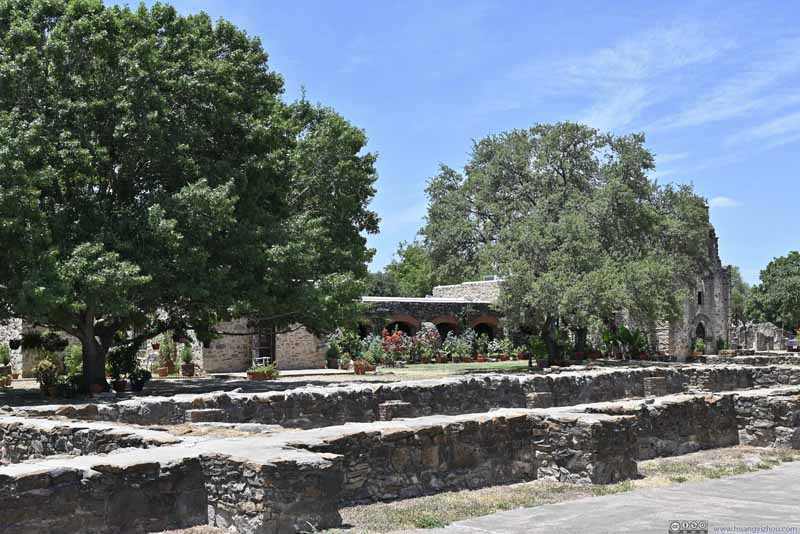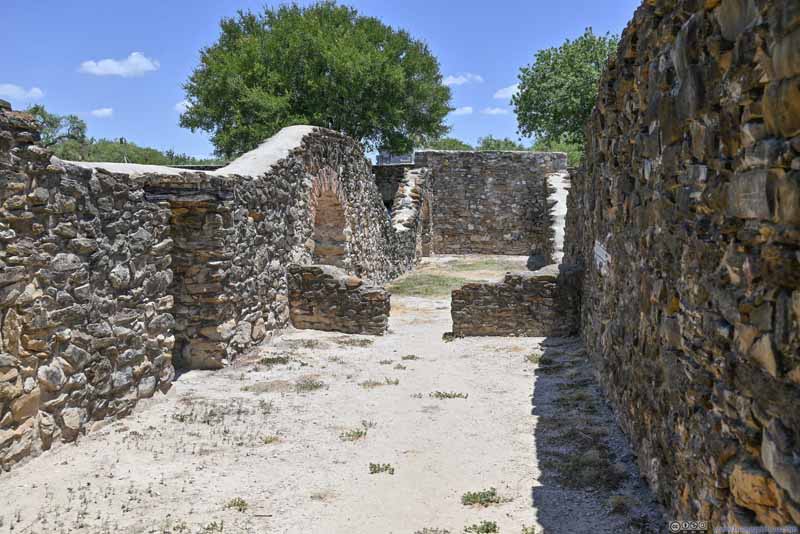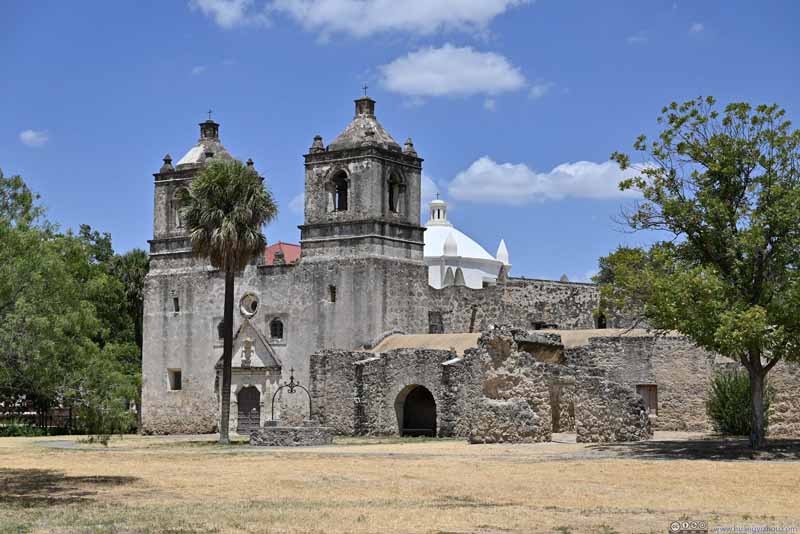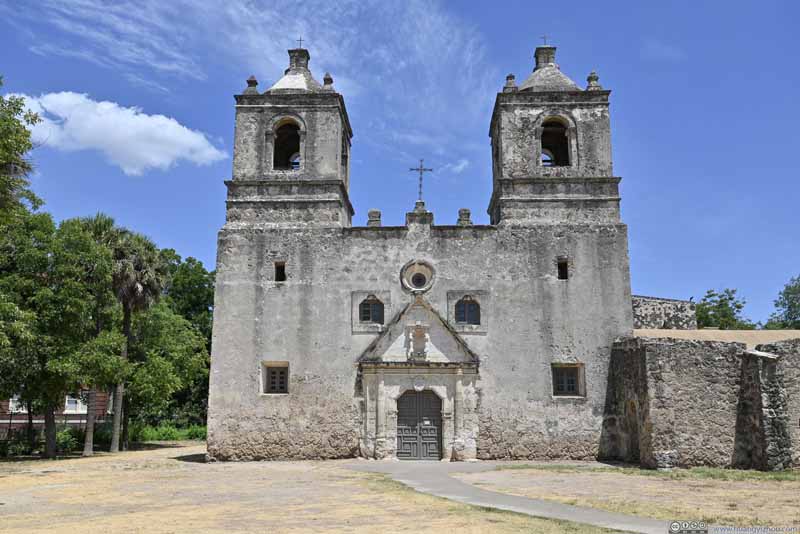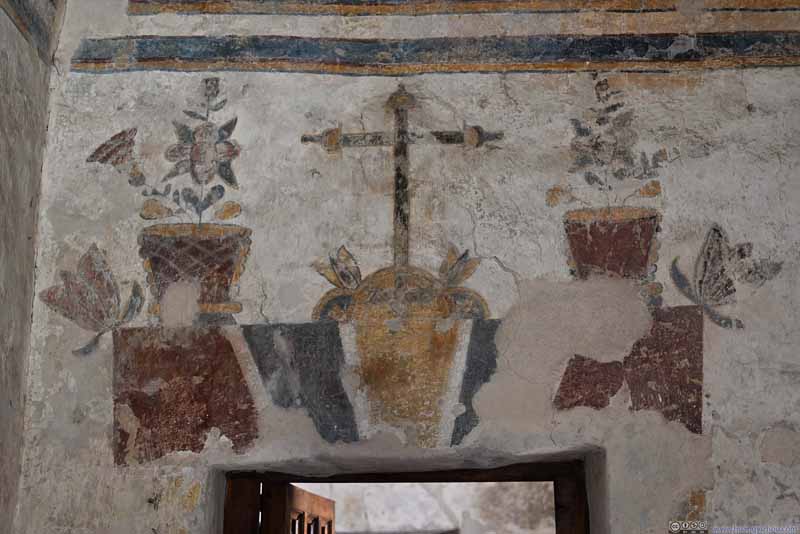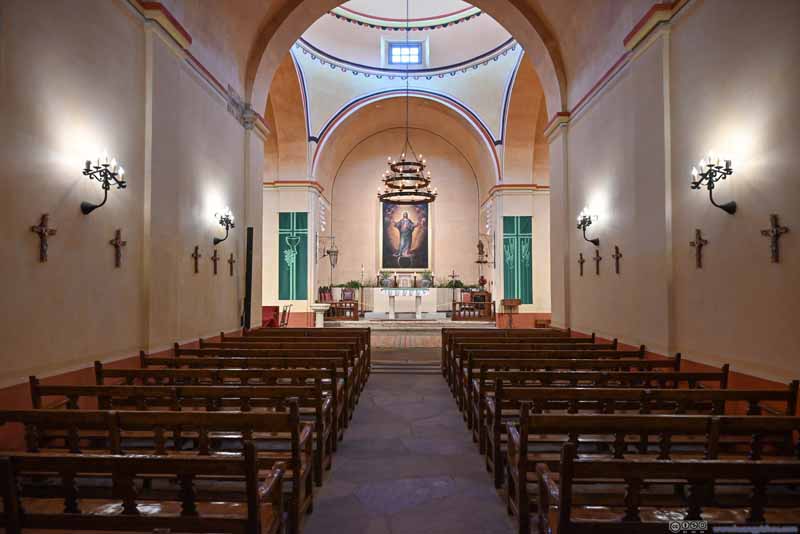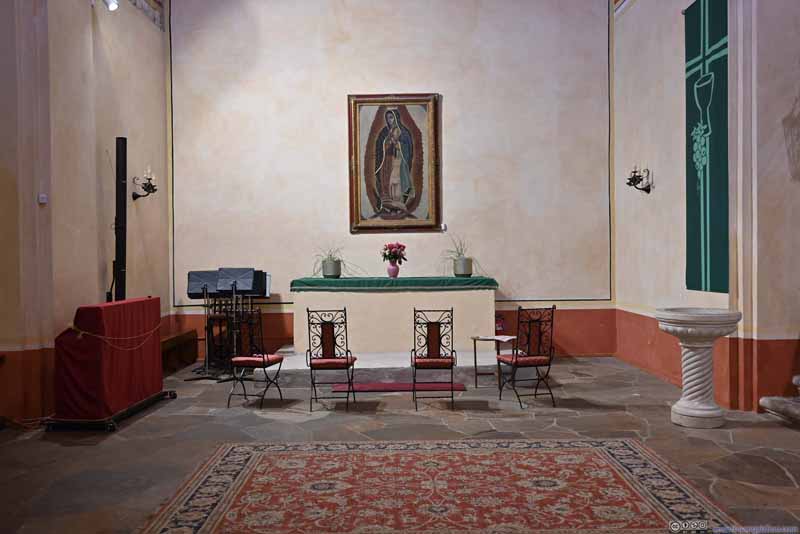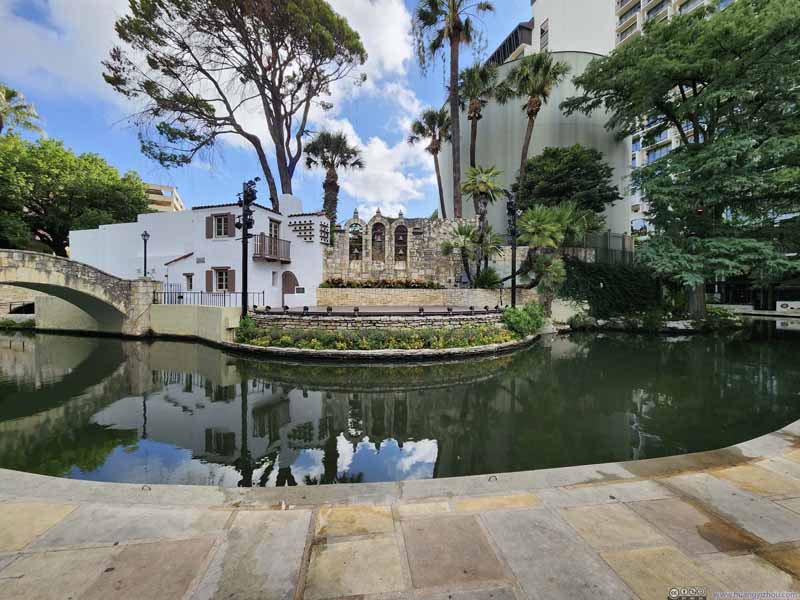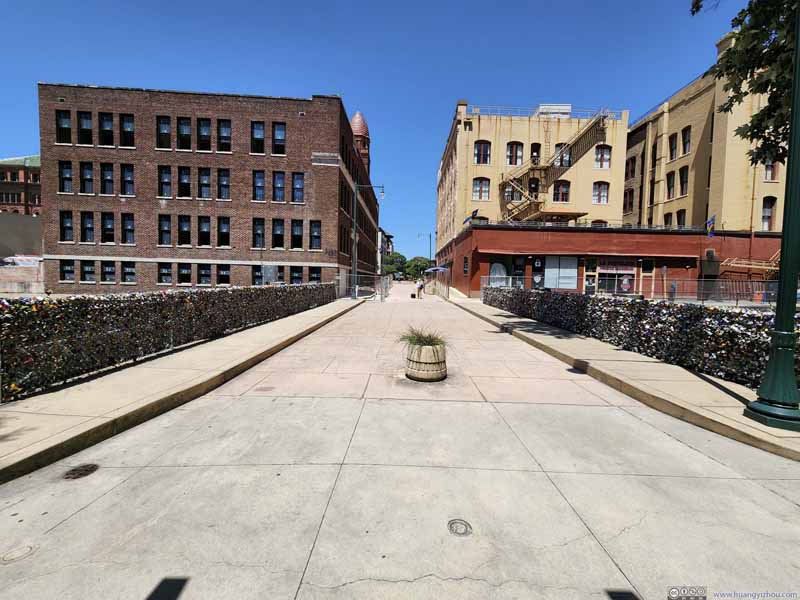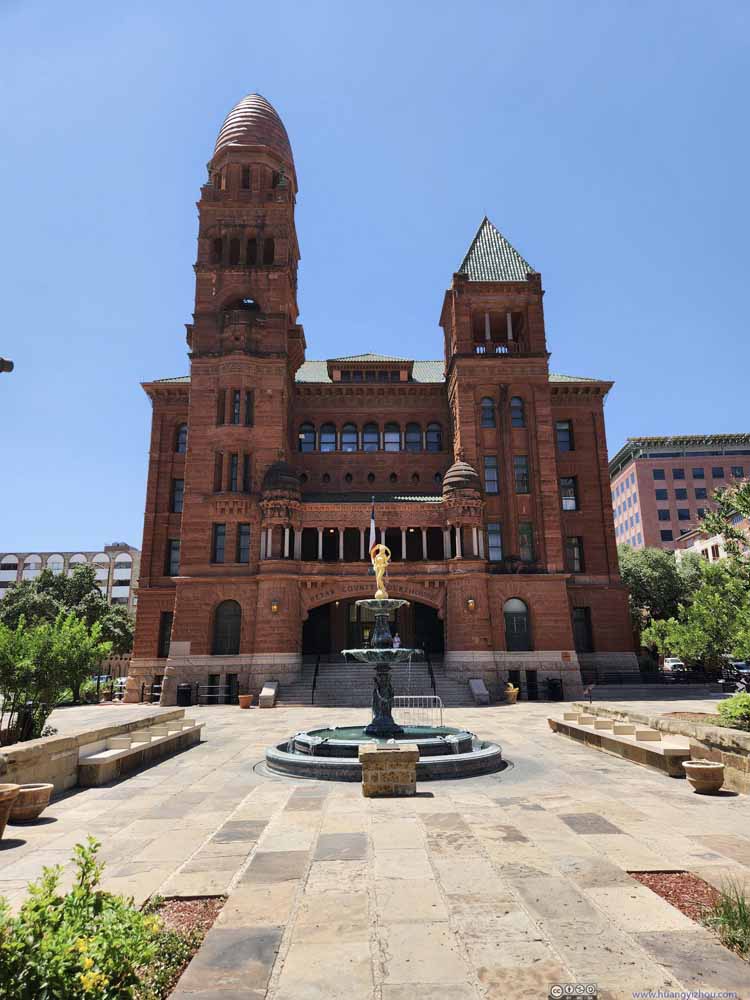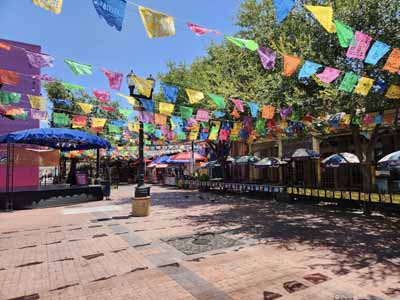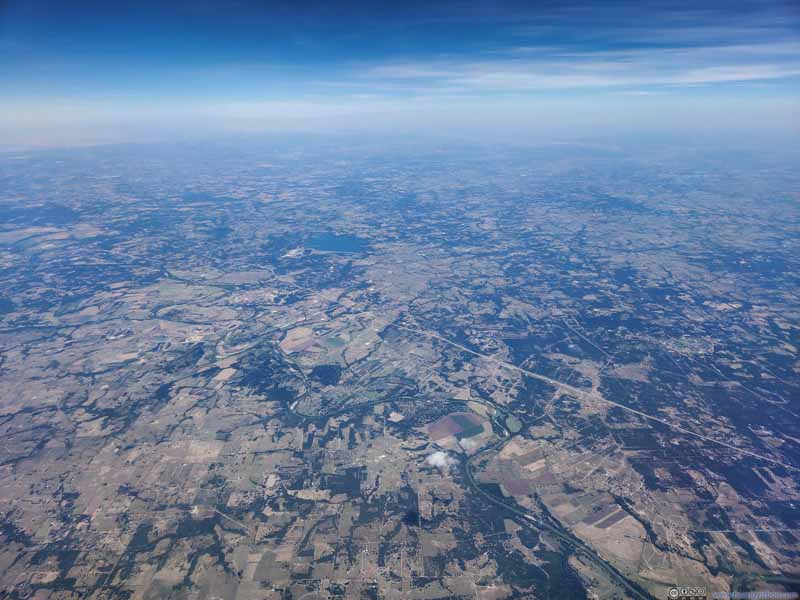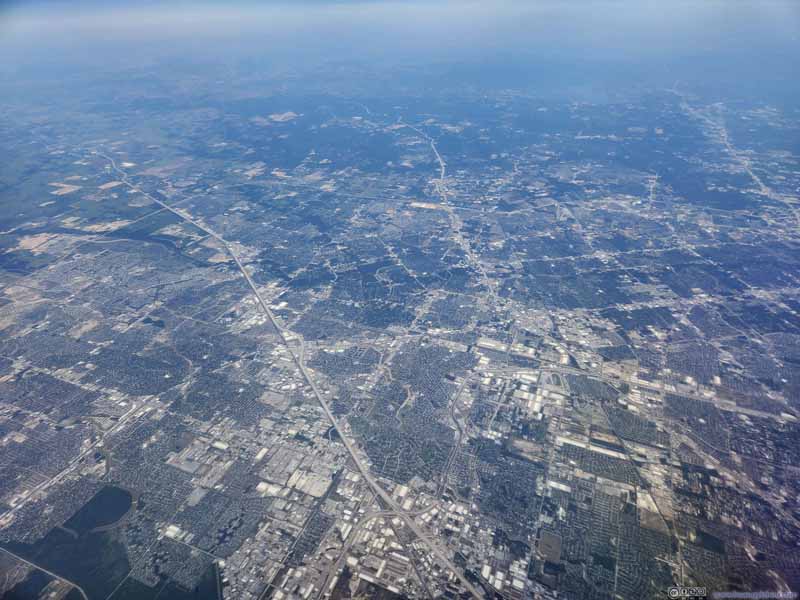Updated on April 17, 2024
Detour to Texas on Way Home
The final days of my July 2023 trip to western United States. After spending the weekend in Seattle, I flew to San Antonio to finish some other errands, before flying back to Washington DC. This post would be about the flights, and the few missions in the San Antonio area that I checked out in my spare time.
Alaska Airlines Flight 314 from Seattle to San Antonio
I wanted to maximize my time in the San Antonio area, thus decided to take this redeye flight.
After my dismal experience with Seattle Airport’s security checkpoint back in May, I unwillingly made a “spotsaver” reservation this time. I maintain my position that such program is merely a blame-shifter and the real solution is adding more screening lines. It worked wondrously as I cleared the security screening in a mere 12 minutes.
Unfortunately, things only took a downward turn from here on. First, the airport WiFi had a security certificate issue that prevented me from connecting. Next, I waited for my flight in the north satellite terminal, and somehow jet exhaust made its way into the terminal through air-conditioning.
On Alaska Airlines’ side, things weren’t better. The flight was late because of late arrival of inbound aircraft, and traffic for pushback. Behind us, N597AS from Santa Ana had a 49-minute taxi in the airport while waiting for a ground handler. Frankly, I would expect Alaska Airlines to be doing better handling ground operations in its hub.
Alaska Airlines 314
Seattle, WA (SEA) – San Antonio, TX (SAT)
Boeing 737-900 (N457AS)
Seat 19A
Scheduled Departure – 11:40pm
Actual Departure – 12:33am + 1
Scheduled Arrival – 5:42am + 1
Actual Arrival – 6:17am + 1
3 hours and 44 minutes
Here’s GPS tracking:
The flight itself wasn’t eventful (except for a harsh landing at the end), and I slept most of the way.
San Antonio Missions
The history of San Antonio was deeply intertwined with the Spanish Missions. During the 1700s, the Spanish was actively colonizing North America. To counter French territory to the east (Louisiana), they established a few Missions in between that and their Mexican territories to the south, in nowadays San Antonio.
Alamo
Alamo was the first of the Spanish Missions in the region (full name: Misión San Antonio de Valero), established in 1718. The Mission was abandoned in the late 18th century, and was turned into a military fort in early 19th century. “Battle of the Alamo” was a pivotal point in Texas’ independence war with Mexico: following a 13-day siege, Mexican troops stormed Alamo and regained its control. With most captured soldiers from Alamo subsequently executed at Goliad, many Texians were inspired to join the Texian Army, which subsequently defeated the Mexican Army in the Battle of San Jacinto, giving birth to the Republic of Texas.
Given the important role that Alamo played in the founding of Republic of Texas, the exhibits at Alamo focused more on the “Battle of the Alamo”, instead of the Mission days that preceded it. (Today, Alamo was owned and managed by the state of Texas, while the other Missions by the federal government. Among the former Missions, it also saw the most visitors, as a result of which a free timed ticket was required to enter its church building.)
In addition to Alamo, I checked out the four Missions that constituted San Antonio Missions National Historical Park. They were Mission San Jose / San Juan / Espada / Concepcion. All four Missions still contain active catholic parishes.
Mission San Jose
Mission San Jose was the second Spanish Mission in the region. It’s founded in 1720 partly because the nearby Mission San Antonio de Valero (Alamo) was getting crowded. It’s also one of the best-preserved, with its current church building constructed in 1768. It’s also where NPS set up a visitor center, and I happened to bump into a guided ranger program during my visit.
In short, I would say the ranger program is very helpful to understand how Mission San Jose (and the other Missions in the region) worked. Essentially, Spain wanted to expand its empire and counter the France to the east (Louisiana), and they did so by converting Indians in the region to Christianity (and hence subjects and tax-payers of the Spanish Kingdom). Back then most Indians in the region were hunter-gatherers, and the Spanish colonizer introduced agriculture to them. It happened during a period when the Indians were suffering from Apache tribes, European disease and food scarcity, so they were quickly onboard, given the promise of stable food supply. The Spanish constructed aqueducts and irrigation channels to support agriculture, and the Indians attended the church on site and worked in the fields off site, hence a Mission was started.
A key takeaway message from the ranger, that we all experience periods of hardship, and there’s always a way out of it. This happened to the Indians back in the 1700s, and they adapted a new lifestyle in the Missions and continued to thrive.
Click here to display photos of Mission San Jose.

Paint on Church Exterior
Click here to display photos of Mission San Jose.
To support agriculture, the Missions were built along San Antonio River, where a series of water channels were constructed to irrigate farmland near the Missions. Part of the water was used to drive a grist mill in Mission San Jose (p3-5 above, restored in 2001), further increasing productivity.
Before reaching my next stop of Mission San Juan, I checked out Piedras Creek Aqueduct, which was built so that water from San Antonio River can made its way across Sixmile Creek to irrigate farmland.
Mission San Juan
This was a Mission founded in 1731. Only a fraction of its building was still seen above ground today.
Click here to display photos of Mission San Juan.

Main Gate to Mission San JuanWhere travelers and traders were carefully scrutinized before being admitted to the mission.
Mission Espada
This one was the southern-most of the four missions under NPS management. The current site was founded in 1731. Between the late 1800s and 1960s, some rooms along its perimeter were used as a parochial school, now they housed museum exhibits.
Click here to display photos of Mission Espada.
Mission Concepcion
This one was also founded on the current site in 1731, located further north and closer to downtown San Antonio. Unlike the other three, it only had a church building left standing, with most of the support structures of a Mission gone (due to urban development).
Click here to display photos of the Mission Concepcion
San Antonio Riverwalk
This was arguably the most popular tourist attraction of San Antonio (Alamo was just next door), where the river and shade from trees (and skyscrapers tall buildings) provided the prefect escape from the scorching Texas summer heat.
Click here to display photos of the slideshow
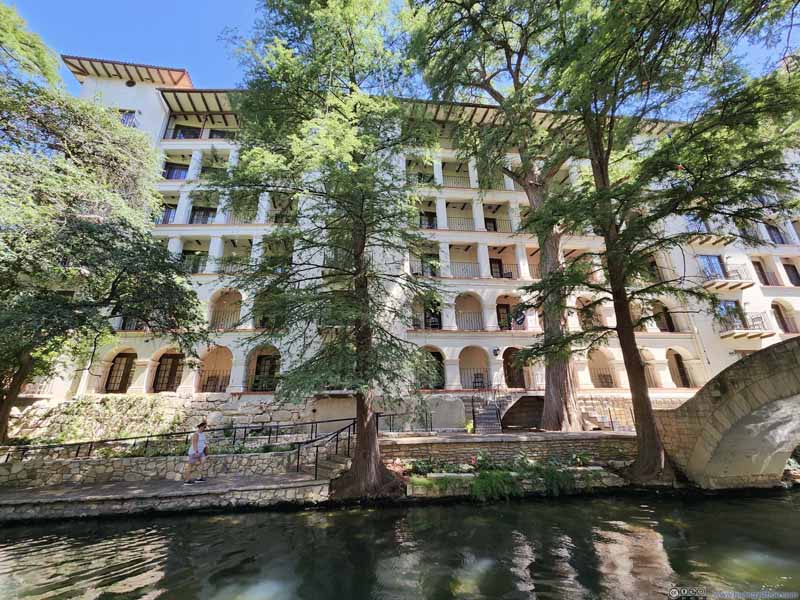
Building of former St Mary’s Institute
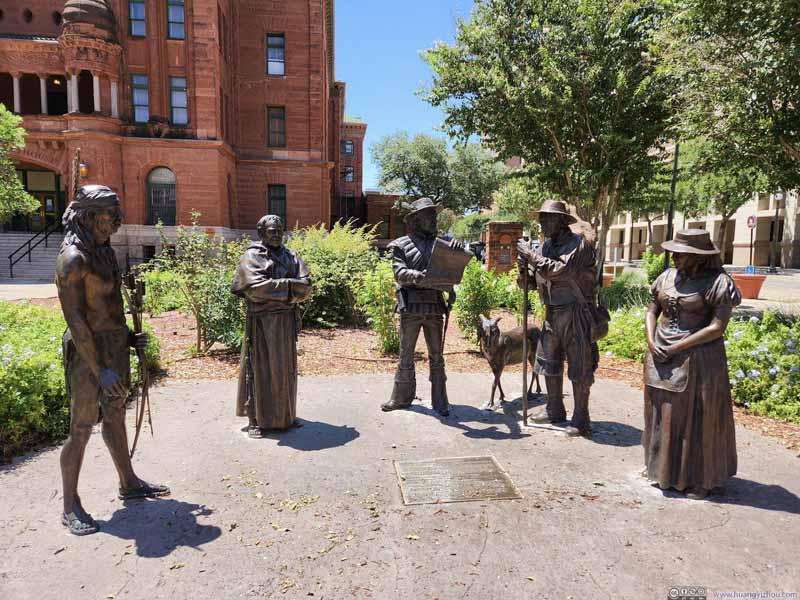
Statue of Early Settlers from Canary IslandersThe establishment of the first chartered civil settlement in present-day Texas.
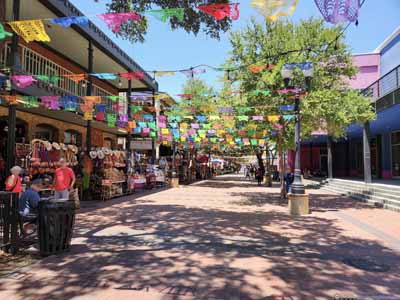
United Airlines Flight 2250 from San Antonio to Washington Dulles
Fast forward to Wednesday August 2, after finishing up my errands in San Antonio, I flew with United Airlines back home to Washington DC.
Just like the previous two segments of this trip, this flight was booked on United’s award inventory. It’s interesting that for this particular flight, United had no award space in economy, but awards in (domestic) first class were wide open. Given United’s I-class awards were almost extinct in the wild, it’s a no-brainer that I grabbed it with only 12.5k miles from Turkish Airlines.
As for the flight, United operated out of San Antonio’s more modern Terminal B, which was a delight compared to the more cramped Terminal A that I arrived with Alaska.
United Airlines 2250
San Antonio, TX (SAT) – Washington Dulles, VA (IAD)
Boeing 737-Max8 (N27269)
Seat 3A
Scheduled Departure – 11:58am
Actual Departure – 12:08pm
Scheduled Arrival – 4:19pm
Actual Arrival – 4:04pm
2 hours and 56 minutes
Here’s a video of the takeoff:
Here’s GPS tracking:
While most flight paths in the United States largely followed a straight line, we flew east to Houston first before making a slight left turn towards Washington DC.
In addition, we experienced headwind for most of the flight (not common for eastbound flight), which was actually pretty strong (120 km/h) over the southern Appalachian mountains.
Click here to display photos of the slideshow
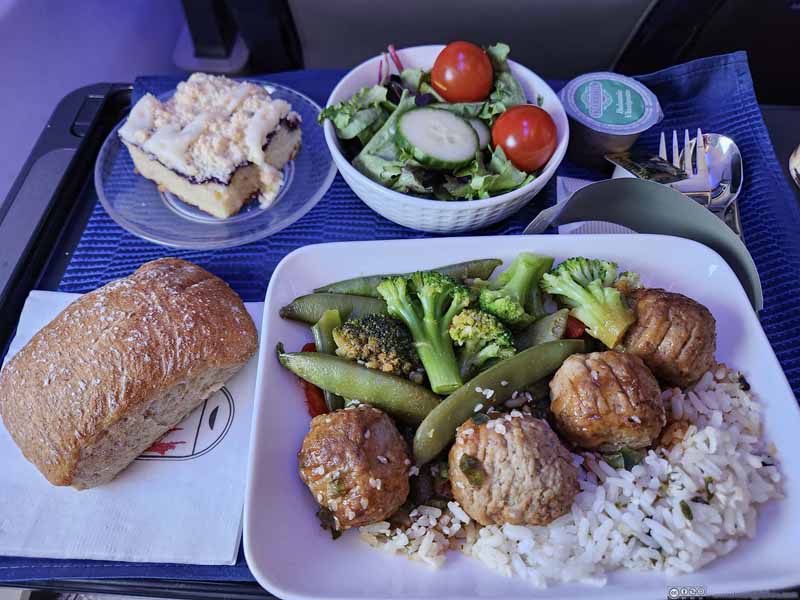
Lunch
Here’s a video of the landing:
In the end, I landed safely just 4pm, wrapping up this week-long trip to western US.
END
![]() Detour to Texas on Way Home by Huang's Site is licensed under a Creative Commons Attribution-NonCommercial-ShareAlike 4.0 International License.
Detour to Texas on Way Home by Huang's Site is licensed under a Creative Commons Attribution-NonCommercial-ShareAlike 4.0 International License.

